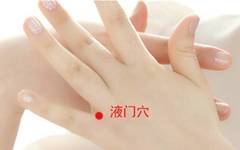
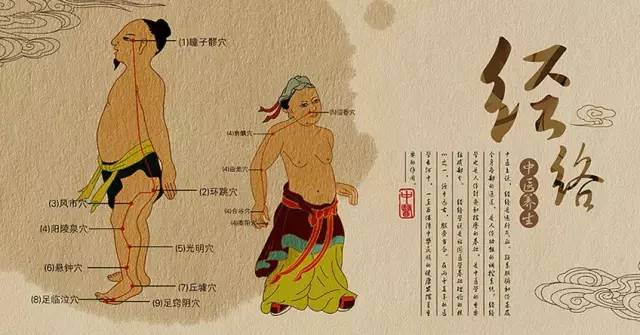
The human body has 14 meridians and 409 acupuncture points; the eight extraordinary vessels contain numerous mysteries. Moreover, moxibustion on these points can treat a hundred diseases. Interestingly, some of these points have special functions: anti-inflammatory, qi regulation, detoxification, and clearing heat. If we master these points and their unique functions, regularly applying moxibustion or acupressure can significantly reduce the harm of antibiotics!
|1. Anti-Inflammatory Points|
▼
▌1. Yemu (Liquid Gate) Point
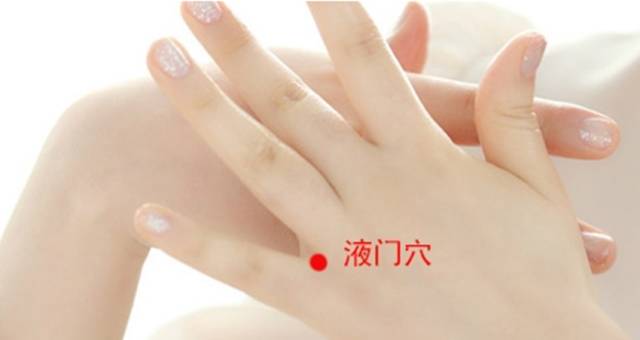
The Yemu point is a reservoir for anti-inflammatory effects; if we can utilize it well, many diseases can show immediate improvement.
Yemu, as the name suggests, is the “gate of liquids,” which has the function of descending turbid and ascending clear. Liquids flow through the meridians in the body. Sometimes, the manifestation of heat in the body is not solely due to excess heat or lack of fluids; often, it is because the pathways of liquid circulation are obstructed, leading to pain in the affected area. At this time, we need to find ways to unblock the pathways of liquid circulation, and the Yemu point is essential. We can use moxibustion or acupressure, both of which are effective, and many symptoms of heat can completely disappear immediately.
▌2. Zhaohai (Shining Sea) Point
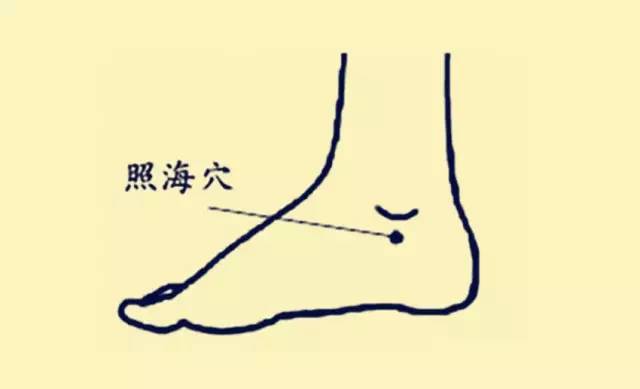
When experiencing itching and pain in the throat, sometimes accompanied by dry cough and retching, Western medicine refers to this as “plum pit qi.” For those with chronic pharyngitis, anti-inflammatory medications cannot penetrate deep into the mucosa, rendering them ineffective… prolonged exposure to air conditioning can lead to throat swelling, inflammation, and fever…
At this time, you can massage the Zhaohai (and Tiantu) points to reduce inflammation and protect the throat. Each time, press the Zhaohai point with your fingertips for 3-5 minutes, regardless of the time of day. The Tiantu point can be massaged with the pads of your fingers at any time, applying pressure until a feeling of soreness and swelling is felt. Pressing the Zhaohai point on the foot while keeping your mouth closed will lead to a sensation of saliva in your mouth, which can be swallowed slowly. After a few repetitions, discomfort can be alleviated.
▌3. Shangqiu (Upper Mound) Point
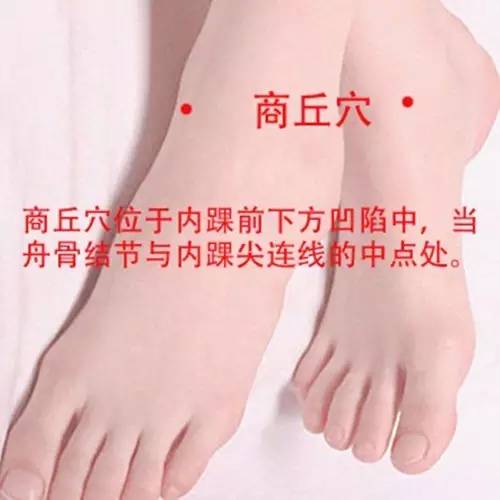
The Shangqiu point belongs to the spleen meridian and corresponds to the lower body lymphatic reflex area, thus it can treat various inflammations. The Shangqiu point primarily eliminates various inflammations in the lower body. Since the spleen governs blood circulation, moxibustion or massage on the Shangqiu point can transport fresh blood to the affected area, and once the toxins are cleared, the inflammation will naturally subside.
Indications: abdominal distension, borborygmus, diarrhea, constipation, indigestion, ankle pain, neurogenic vomiting, acute and chronic gastritis, enteritis, bladder inflammation, urethritis, pelvic inflammatory disease, etc. It is essential to frequently massage the Shangqiu point to draw qi and blood downward.
▌4. Qiuxu (Mound of Ruins) Point

The Qiuxu point is the source point of the gallbladder meridian, located in the upper body lymphatic reflex area of the foot. It primarily eliminates various inflammations in the upper body.
The Qiuxu point specifically treats various symptoms of heat, which Western medicine refers to as inflammatory symptoms, such as toothache inflammation, red and swollen eyes, throat inflammation, sore throat, headaches, and breast pain, all of which are closely related to this point.
|2. Qi Regulation Points|
▼
▌1. For those who easily get angry, massage the dorsum of the foot
For individuals who tend to bottle up their anger, anxiety, or irritability, massaging the dorsum of the foot can quickly refresh the mind and calm the spirit.
This is because this area is where the Taichong (Great Surge) point is located, an important point on the liver meridian. It is also known as the “qi regulation point.” Use the pads of your thumbs to apply firm pressure on both sides of the point until a strong sensation of soreness and swelling is felt, for 3-5 minutes each time.
▌2. When about to lose temper, press the palm
When on the verge of losing temper, you can make a fist and use your middle finger to press the center of your palm for 1-2 minutes, which can help clear heart fire.
This area is where the Laogong (Palace of Labor) point is located, belonging to the pericardium meridian, which protects the heart. Massaging the Laogong point can calm the mind and stabilize the spirit. When under work pressure or feeling fatigued, massaging the palm can also accelerate blood circulation and relieve fatigue.
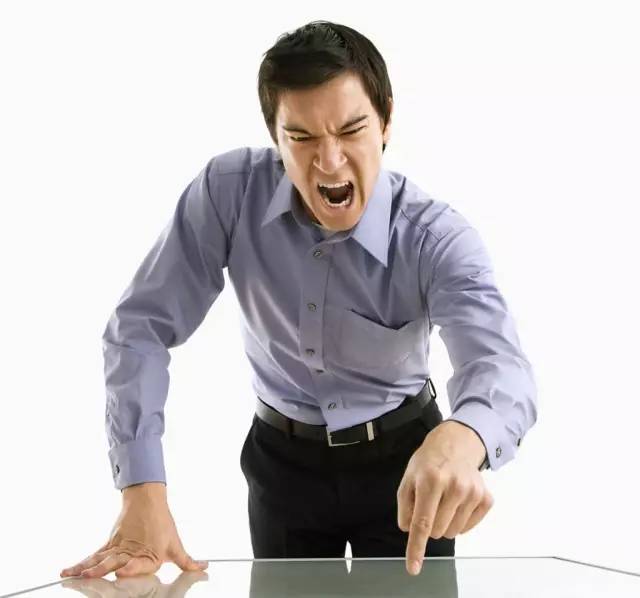
▌3. When feeling angry and bloated, massage the calf
When feeling angry and experiencing stomach bloating, massaging the outer side of the calf can eliminate the turbid qi in the intestines and promote smooth qi flow.
This is where the Zusanli (Leg Three Miles) point is located. When feeling angry and bloated, press the Zusanli point with your thumb or middle finger for 5-10 minutes, at a rate of 15-20 times per minute, using moxibustion until a sensation of soreness and warmth is felt.
▌4. When trembling with anger, rub the soles of the feet
If you experience trembling all over due to anger, massaging the soles of the feet can have a calming effect.
This is where the Yongquan (Gushing Spring) point is located. It is the starting point of the kidney meridian, located at the depression on the sole of the foot when the toes are flexed. When angry, use your thumbs to rub the Yongquan points on both feet for about 10 minutes, which can help smooth the flow of qi and blood, gradually alleviating anger.
▌5. When emotionally agitated, press the top of the head
If you feel your emotions starting to escalate, leading to headaches, dizziness, chest tightness, or insomnia, it is advisable to sit down and massage the top of your head to release the “qi” at the “source.”
At the top of the head is an important point called Baihui (Hundred Meetings). Press down with your fingers for 7 seconds and then release, repeating this 7 times can alleviate symptoms and refresh the mind.
|3. Detoxification Points|
▼
▌1. Kidney Detoxification: Yongquan Point
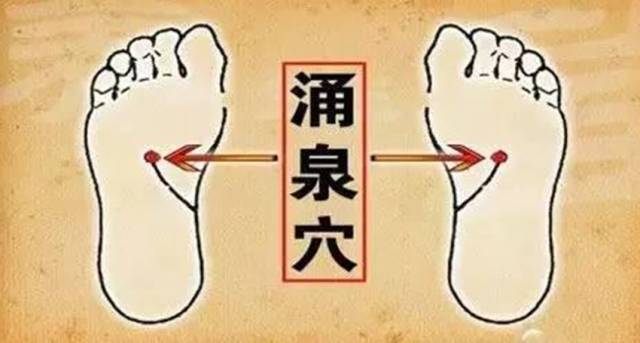
If you have acne on your chin and feel easily fatigued, it is a sign of toxin accumulation in the kidneys. The Yongquan point is the lowest point in the body; if the body is a building, this point is the outlet for the sewage system. Regularly massaging it can significantly aid detoxification. This point is quite sensitive, so do not apply too much pressure; a slight sensation is sufficient, and it is best to massage gently for about 5 minutes.
▌2. Liver Detoxification: Taichong Point
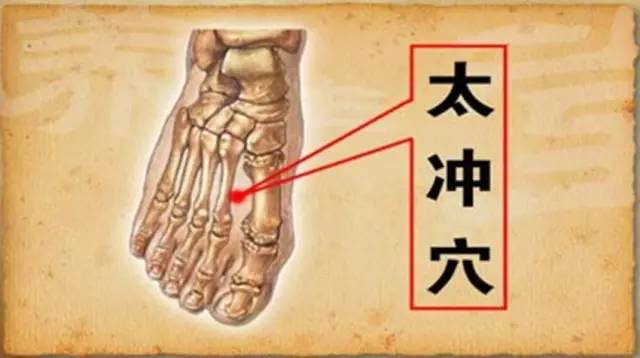
Excessive toxin accumulation in the liver can lead to migraines, acne on both sides of the face, and dysmenorrhea. The areas on both sides of the face and the lower abdomen are governed by the liver and its partner, the gallbladder. When liver detoxification is not smooth, it can lead to problems. Additionally, the liver is the organ that regulates emotions; if toxins are not expelled in a timely manner, it can block the flow of qi and lead to negative emotions.
Massage the Taichong point with your thumb for 3-5 minutes until a slight sensation of soreness is felt. Do not apply too much pressure; alternate hands while pressing.
▌3. Spleen Detoxification: Shangqiu Point
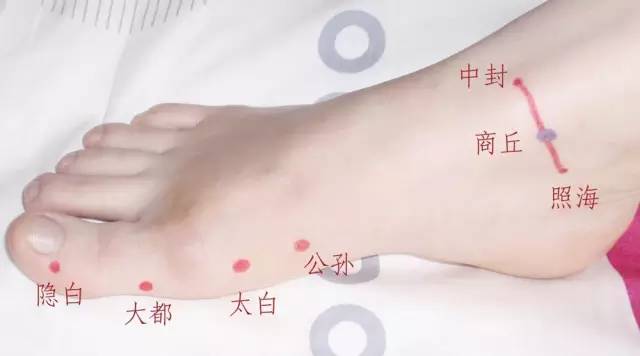
When the spleen is toxic, it can lead to facial blemishes, excessive vaginal discharge, and fat accumulation, resulting in obesity. Additionally, bad breath and acne or ulcers around the lips may occur. Massage the Shangqiu point with your fingers, maintaining a sensation of heaviness for about 3 minutes, alternating hands.
▌4. Heart Detoxification: Shaofu Point
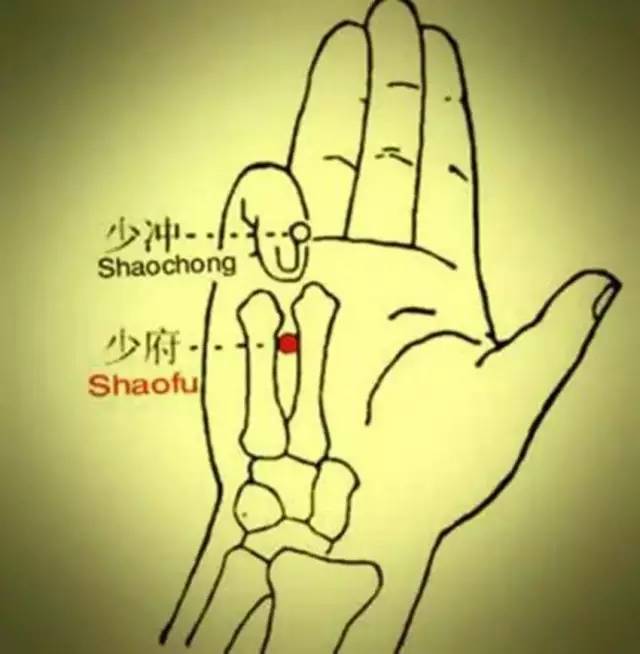
Symptoms of insomnia, palpitations, and excessive heart fire can lead to acne on the forehead. Stagnation of blood in the heart is also a form of toxin; mild cases may present as chest tightness, while severe cases can lead to stabbing pain. The Shaofu point is located between the little finger and the ring finger when making a fist. Apply firm pressure to this point, alternating hands.
▌5. Lung Detoxification: Hegu Point
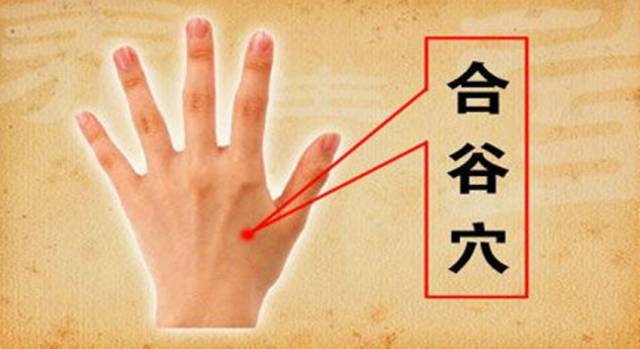
One of the manifestations of lung toxicity is constipation. Additionally, traditional medicine believes that the skin’s luster and fairness depend on the lung’s proper function. When the lungs are overloaded with toxins, these toxins can deposit on the skin, leading to a dull and rusty appearance.

